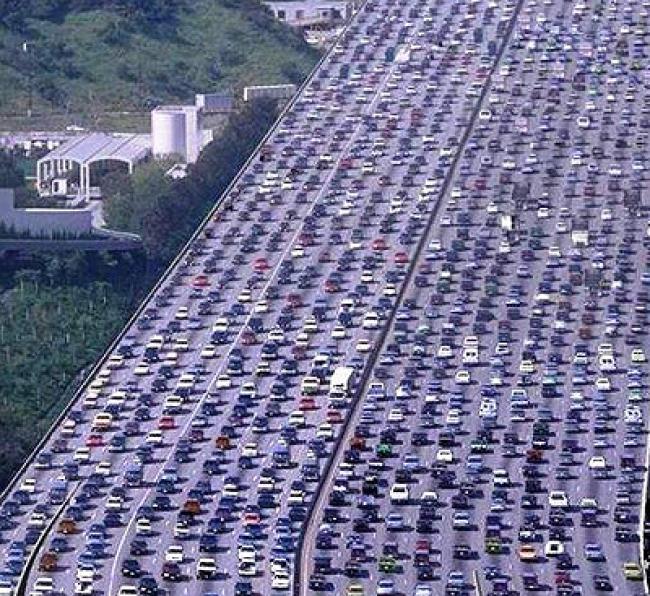Articles Menu

An analysis of the wider social context of public transit and transportation:
Epochal crises allow us to see clearly the irrationalities of capitalism, notably its systematic inability to develop to the fullest human capacities and provide the basis for sustainable and respectful relationships to the rest of nature. The current world economic crisis has thrown to the dustbin of history the aspirations and capacities of millions of human beings – those laid off, driven off the land or relegated to permanent precariousness. At the same time, the crisis has intensified the exploitation of those still connected to gainful employment and driven up, at least temporarily, the ecologically destructive extraction of ‘resources,’ particularly in the global South and the peripheral areas of the global North.
The contradictory character of imperial capitalism can also be seen by focusing on mobility and transportation. The aggressively neoliberal and authoritarian responses ruling classes have pursued to respond to the crisis have reinforced the degree to which many are confined, in a contradictory way to a combination of forced mobility and immobility. Globally, layoffs, land grabs, agricultural restructuring, and mining exploration have pushed more people onto a path of forced migration to other cities, regions and countries. In turn, grinding poverty and ever-more punitive migration policies in the global North drastically limit the capacity of many to move to places where the grass appears to be greener.
During all of this, global transportation systems continue to be restructured to maximize the capacity of goods, resources and the ‘winners’ of global capitalism to move around the world behind the securitized perimeters of airports, pipelines and shipping ports.
Gentrified Central City Areas and
Gated Communities
This interplay of mobility and enforced (im-)mobility is also at play in the major urban regions today. Most blatantly in cities of North America, Britain, South Africa, India, China and Brazil, the upward redistribution machine that is imperial capitalism has meant that elites and upper segments of the middle classes increasingly live in protected financial districts, gentrified central city areas, office parks and gated communities. They are connected to each other by means of transportation that allow them to bypass the ‘squalor’ of shantytowns or segregated districts: highway overpasses, regional commuter trains and rapid inter-city links.
In turn, the working-class and insecure elements of the middle class are divided. Those who are forced to work longer hours or depend on several jobs have to spend more and more time commuting. Those permanently excluded from employment, subject to systemic discrimination or too poorly paid to afford accessible housing, child care or transit find themselves relegated to life in segregated neighbourhoods. What some take for granted (the capacity to move about freely and based on choice) is an unaffordable luxury for those who are forced to commute against their will or those who cannot reach the places they need to survive.